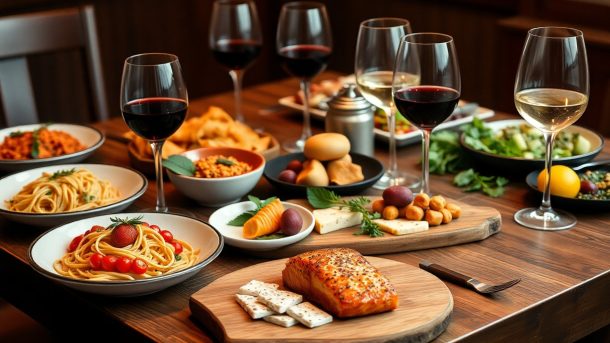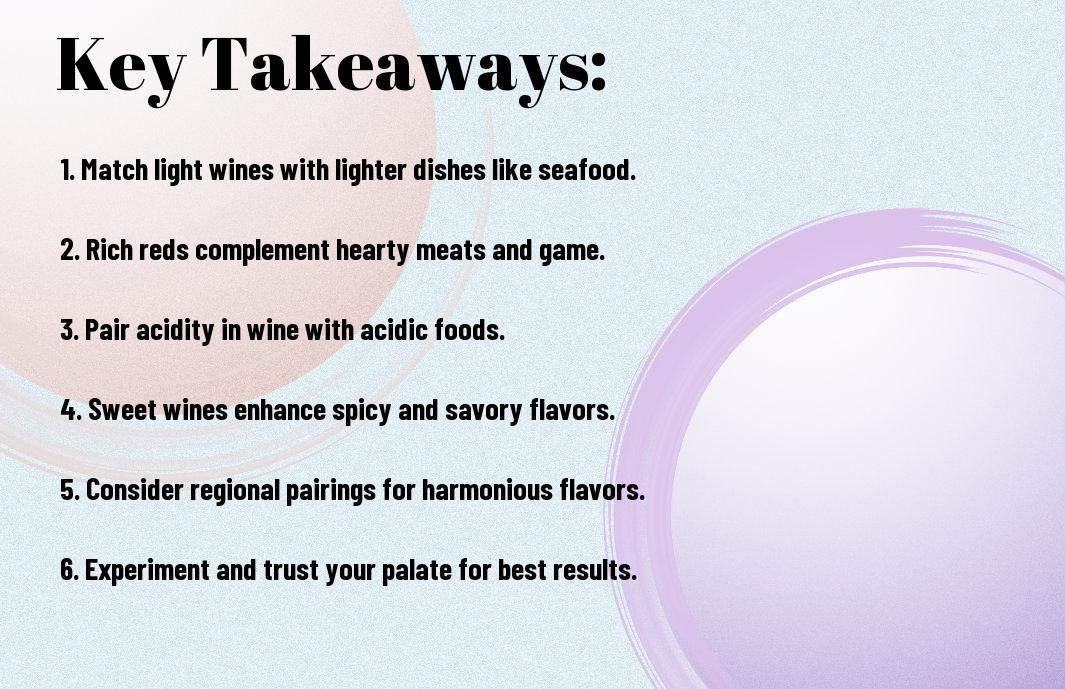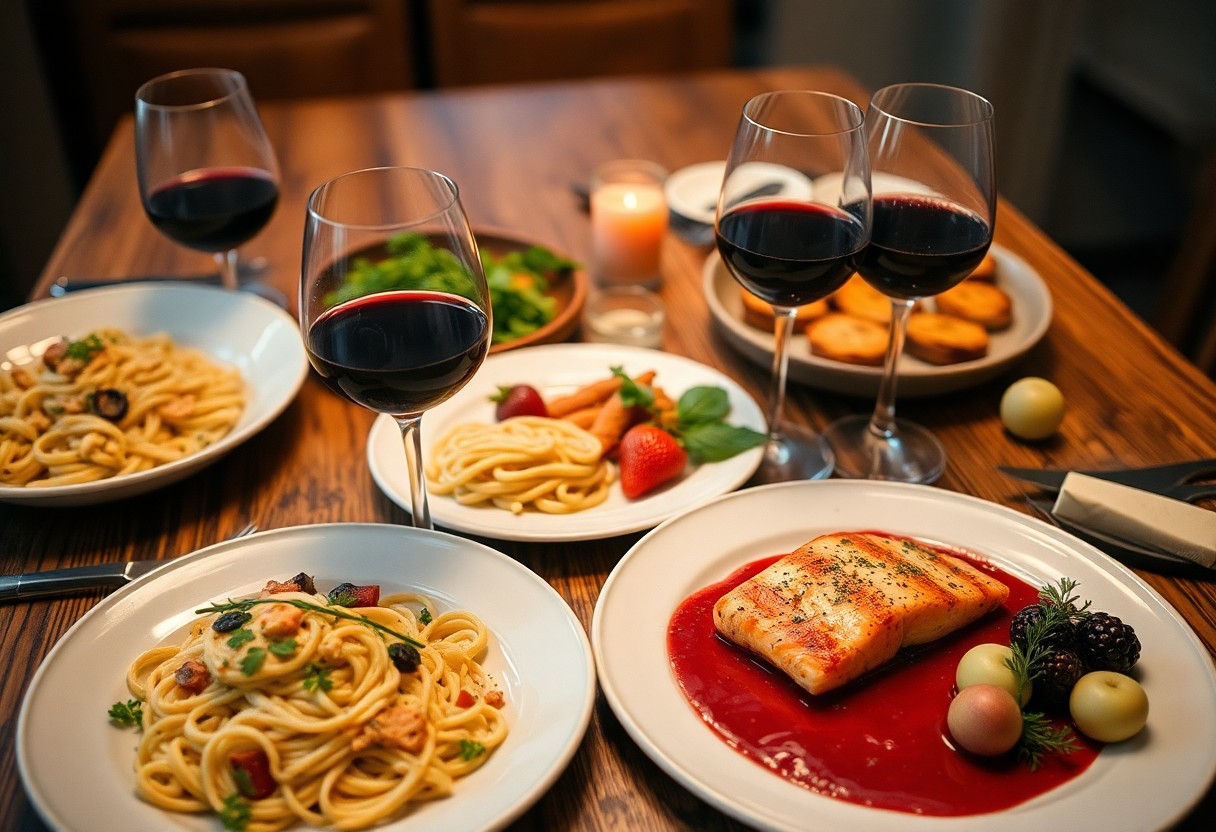You’re stepping into the world of wine, and your journey begins with building your own collection. You’ll need to start by setting a budget and defining your tastes. You’ll consider the types of wine you enjoy, the storage space you have, and the amount you’re willing to spend. As you begin on this venture, you’ll learn to navigate the vast array of wines, from rich reds to crisp whites, and discover the perfect additions to your growing collection.
Setting Up Your Wine Cellar
A well-designed wine cellar is crucial for storing your wine collection. You’ll need to consider factors like temperature, humidity, and lighting to create an ideal environment.
Choosing the Right Location
Adeptly, you should select a location that is cool, dark, and away from direct sunlight. Your wine cellar should be situated in a quiet area, protected from vibrations and noise.
Selecting the Perfect Storage
Cleverly, you’ll want to choose a storage system that is designed specifically for wine. Your storage should be able to maintain a consistent temperature and humidity level, and provide easy access to your wines.
Wine enthusiasts like you will appreciate the importance of proper storage. You should consider investing in a wine rack or shelf that allows for good air circulation and doesn’t expose your wines to direct sunlight or heat sources, ensuring your collection ages gracefully over time.

Building Your Collection
If you’re looking to build a wine collection, you’ll want to start by setting a budget and determining your goals. You’ll need to consider the types of wine you enjoy and the space you have available for storage.
Starting with the Basics
Around this time, you’ll want to familiarize yourself with the fundamentals of wine, including the major varietals and regions. You’ll begin to develop your palate and learn what you like and dislike.
Exploring Different Varieties
Across the globe, you’ll discover a vast array of wine styles and flavors. You’ll have the opportunity to try new wines and expand your knowledge of the world’s top wine-producing regions.
Starting with the most well-known varieties, you’ll explore the nuances of Chardonnay, Cabernet Sauvignon, and Merlot. As you probe deeper, you’ll uncover hidden gems like Pinot Noir and Syrah, each with its unique characteristics and pairings, allowing you to refine your collection to suit your taste.
Wine and Food Pairing
Unlike other aspects of building your wine collection, wine and food pairing is an art that takes time to master. You’ll need to experiment with different combinations to find what works best for your taste buds.
Classic Combinations
Along these lines, you’ll find that certain pairings have stood the test of time, such as Cabernet Sauvignon with red meat or Chardonnay with poultry. You can use these as a starting point for your own explorations.
Experimental Pairings
By venturing out of your comfort zone, you can discover unique pairing possibilities that will elevate your dining experience. You might find that a sweet Riesling pairs surprisingly well with spicy food or that a rich Merlot complements a charcuterie board.
Another approach to experimental pairings is to consider the flavor profiles of the wine and the food. You can think about the sweetness, acidity, and tannins in the wine and how they will interact with the flavors and textures of the dish, allowing you to make more informed pairing decisions and expanding your palate.
Storage and Maintenance
After assembling your wine collection, you’ll need to store and maintain it properly to preserve the quality of your wines.
Temperature Control
Along with a stable environment, your wines require a consistent temperature. The following table outlines the ideal conditions:
| Wine Type | Temperature |
|---|---|
| Red | 55-65°F |
| White | 45-55°F |
You should aim to keep your storage area within these ranges.
Humidity and Lighting
Between the temperature and other factors, you’ll also need to consider humidity and lighting. You should keep your storage area away from direct sunlight and maintain a humidity level of 50-70%.
Even as you control the temperature, you must also ensure the humidity and lighting conditions are stable, as excessive moisture or dryness can damage your wines, and direct sunlight can cause them to degrade quickly, affecting their flavor and aroma, so you need to keep your wine collection in a cool, dark place with stable humidity.
Investing in Wine
All wine enthusiasts consider building a collection a significant investment. You can learn more about starting your own collection by visiting 10 Tips for Starting a Wine Collection to get expert advice.
Buying Strategies
One of the key factors in investing in wine is developing a solid buying strategy. You will need to consider factors such as budget, storage, and personal taste when making your selections.
Avoiding Common Mistakes
Any novice wine collector can fall into common pitfalls, such as buying too much of a single variety or neglecting to consider storage conditions.
It is crucial to be aware of these potential mistakes to avoid costly errors and ensure your collection ages well, providing you with years of enjoyment. You should carefully plan and research before making any purchases to build a valuable and satisfying wine collection.

Advanced Techniques
Now that you have a solid foundation, you can explore advanced techniques, including:
- Cellaring and aging
- Wine and food pairing
| Technique | Benefit |
|---|---|
| Cellaring | Prolonged aging |
Wine and Cheese Pairing
Beneath the surface of wine and cheese lies a world of complexity, and you’ll find that certain varieties complement each other perfectly, elevating your tasting experience.
Wine Tasting and Evaluation
By refining your palate, you’ll be able to discern subtle differences between wines, noting flavors, aromas, and textures that will help you make informed decisions about your collection.
This process involves using your senses to evaluate the color, clarity, and viscosity of the wine, as well as its aroma, flavor, and finish, allowing you to fully appreciate the nuances of each wine in your collection, and make thoughtful additions to your cellar.
To wrap up
Presently, you have the foundation to start building your own wine collection. You’ve learned to navigate the world of wine, selecting bottles that suit your taste. Your collection will grow, and so will your knowledge. You’ll develop a keen sense of what you like, and your wine collection will reflect your unique preferences. With time and practice, you’ll become a connoisseur, savoring each sip and enjoying the journey of building your own distinctive wine collection.












